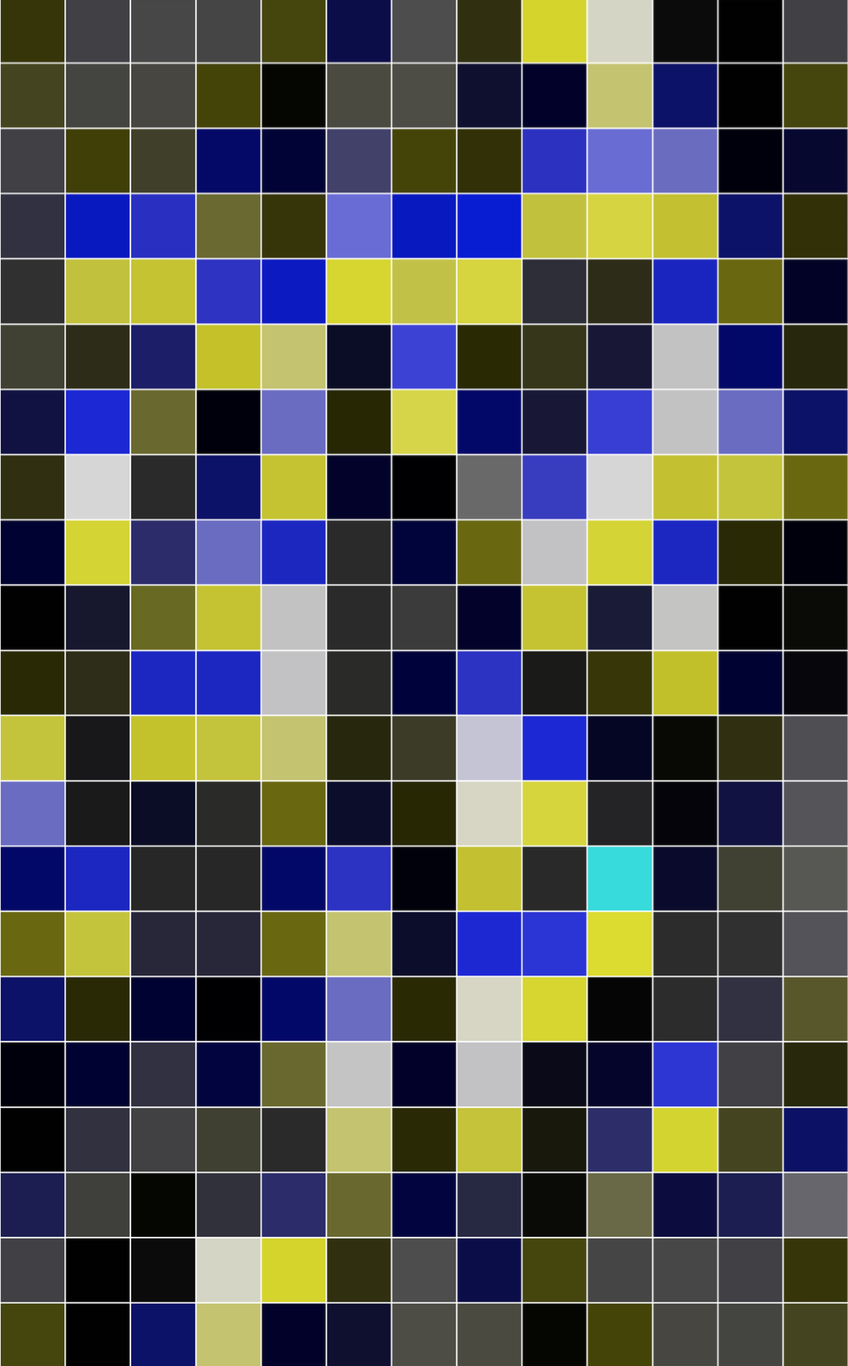Front of MACBA Centre d’Estudis i Documentació (MACBA CED)
View of the Barcelona Museum of Contemporary Art (MACBA) from MACBA Centre d’Estudis i Documentació (CED)
Today (January 11, 2019) I concluded my Fall/Winter residency at the Barcelona Museum of Contemporary Art Research Center (MACBA CED), which offered a great support for the research side of my Lost Grids project. The residency provided a work space with desk and computer; extensive research support from the MACBA CED library staff; access to the library and archive collections, which have excellent resources related to contemporary and conceptual art; and finally a “friend pass” to the Museum.
MACBA tweet
Project Blurb:
Peter Freund, Lost Grids
Inspired by the incommensurability of surface and depth, Peter Freund generates digital materials by hacking the underlying code of iconic photography with the use of poetic, critical and quotidian texts. His project will ultimately result in a set of variegated grid prints that harness the impulses of conceptual art in exploring the history and politics of the grid, from the renaissance perspective machine and the geometrical configurations of cartography, architecture and design to the abstract, gridded constructions of modern and contemporary art and the pixel system undergirding the raster image. The radical ornamentalism of Freund’s prints presents an interventionist strategy in a politics of enjoyment.
The MACBA CED staff were a tremendous help; big thanks to Noemí Mases, who was always suggesting new materials for research from my vaguest of inquiries! Early on, I asked Andrea Ferraris if she could track down the obscure metagraph, “The Death of J.H.,” by Guy Debord referenced in his and Gil Wolman’s A User’s Guide to Détournement in which “125 classified ads of bars-for-sale express a suicide more strikingly than the newspaper articles that recount it.” For years I’d assumed with some enjoyment that the work was a creative fiction, that it never actually existed outside a conceptual dream. But then, many weeks after my inquiry, at the end of her quiet persistence, Andrea showed up at my desk with two copies of the artwork!
Cover image, A User’s Guide to Détournement
Guy Debord, The Death of J.H.
Over the course of my MACBA CED residency, the project progressed in conjunction with an artist residency at the Werner Thöni Artspace in Gracia that provided me with a studio. The research process produced several intricate networks of associations based on dialectical pairings of images and texts from disparate sources. For my work-in-progress exhibit at the WTA gallery, these networks were displayed along one wall and the corresponding grid visuals for each network on the other. The project concept developed to this point:
< LOST GRIDS
The Lost Grids comprise, first and foremost, a generative apparatus (or “conceptual machine”) for producing and juxtaposing two incommensurate planes: a plane of associations forged by citing and pairing pictures and texts from the cultural archive and a plane of corresponding visual surfaces produced by intermixing these citations through a creative misuse of digital code.
The first plane is made up of curated networks of image-text associations organized into thematic sets. Each set’s coherence ranges from argumentative assertions to ideas that drift in and out of oblique and problematic linkages. In this way, each associative ensemble presents a connective logic intended to mimic without credibly delivering the lucid and over-reasoned bond of illustration or explication. The overarching aim is to loosen, recalibrate, and overcharge the valences of each element and to assert their altered potentiality within a larger associative network in which the elements have been positioned.
The second plane consists of visual surfaces that take the form of variegated grids. Each grid – neither text nor quite image – is produced by a process in which a text – philosophical, poetic, critical, or quotidian – is selected from the associative network and then entered directly into the underlying code-bed of its corresponding image. A disruption in the image consequently results, and out of this visible glitch a palette of pixel patterns is assembled, from which the final grid is ultimately created. Standing opposite the grid as its progeny, this privileged image-text pair, plucked from its network, indicates the single point of contact with the larger associative network, which otherwise remains aloof from the colorful grid. Such is the wide interval between the parallel series of grids and corresponding networks that presents the project’s conceptual core.
The Lost Grids machinery begins its series of productions with picture citations loosely associated with hair: Marx’s beard, Ana Mendieta’s cosmetic hair implants, Julia Pastrana (the “bearded lady”), contemporary beard fashion, the 1967 Patterson/Gimlin Sasquatch film, Pierre Huyghe’s “Untitled (Human Mask),” Jeff Koons’ “Michael Jackson and Bubbles,” the Bolivian military’s hand stroking the head of Che Guevara’s corpse, Joseph Beuys’s intimate handling of the dead hare, Méret Oppenheim’s fur cup, a hairy exchange from An Andalusian Dog, Courbet’s “Origin of the World.”
The first three grids:
< 000_Marx’s_Beard >
< 001_Arrival_of_the_Train >
< 002_The_House_Is_Black >
A sampling of the artists + writers that found a place in the Lost Grids based on my research at MACBA CED:
Ana Mendieta
Carl Andre
Pierre Huyghe
Carolee Schneeman
Gordon Matta-Clark
Absalon
Eyal Weisman (Forensic Architecture)
Lim Tsay Chuen
Fred Wilson
Andrea Pozzo
Gregor Schneider
Forough Farrokhzad
Joseph Beuys
Vito Acconci
Filippo Brunelleschi
Hanne Darboven
Jane Benson
Jordi Colomer
Hito Steyerl
Sol Lewitt
Anni Albers
Abby Warburg
Marcel Duchamp
Emily Dickenson
Gaston Bachelard
Superstudio
Le Corbusier
The Situationist International
Costant
Rem Koolhaas
Ildefons Cerdà i Sunyer
René Magritte
Albrecht Dürer
Bertolt Brecht
Rossalind Krauss
Jacques Lacan
Jean-Luc Godard
Girard Desargues
Abraham Artelius
Martin Cortes
John Rennie Short
Hélène Cixous
Georges Didi-Huberman
Giuseppe Pinot-Gallizio
In addition to the terrific experience making use of the MACBA CED library, I enjoyed talking with the other resident artists, including Joan Morey and Blanca Garcia, who had exhibitions I was able to attend during our overlapping time at MACBA.




